A Brief History of Cherokee Arts and Crafts
The Cherokee people have a rich tradition of arts and crafts that extends back centuries. These artistic practices not only showcase their creativity but also serve as vital expressions of their cultural identity and heritage. This article delves into the historical overview, cultural significance, and various styles of Cherokee arts and crafts, painting a vivid picture of a vibrant and enduring tradition.
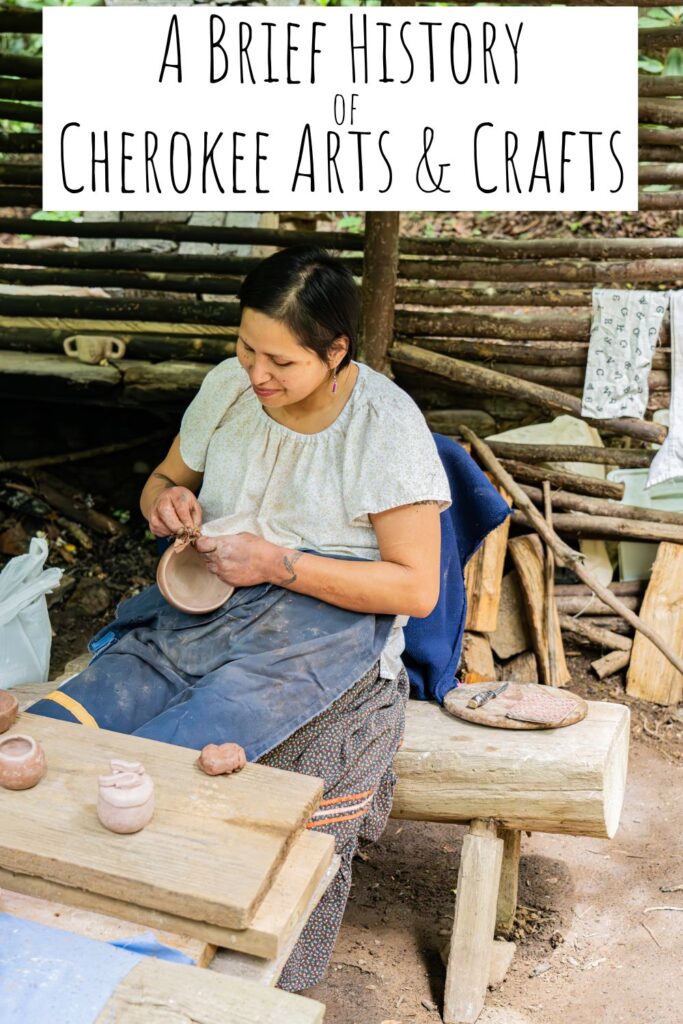
Historical Overview of Cherokee Arts
The history of Cherokee arts and crafts is deeply intertwined with the tribe’s overall history. Before European contact, the Cherokee, one of the largest Native American tribes in the southeastern United States, developed sophisticated techniques in pottery, weaving, carving, and basketry. These skills were essential for daily life, creating functional items such as cooking pots, clothing, and storage containers, as well as ceremonial objects.
With European colonization, Cherokee artisans encountered new materials and tools, which influenced their crafts. The introduction of metal tools, for instance, allowed for more intricate wood carvings and beadwork. Despite these changes, the core of Cherokee artistic traditions remained resilient, adapting to new circumstances while preserving their distinct identity.
The forced relocation known as the Trail of Tears (1838-1839) was a significant event that disrupted many aspects of Cherokee life, including their artistic practices. However, this tragedy also highlighted the resilience of the Cherokee people, who continued to create and innovate even in the face of such adversity. The preservation and revival of traditional arts and crafts became a crucial element of cultural survival and resistance.

Cultural Significance of Cherokee Crafts
Cherokee arts and crafts are not merely aesthetic pursuits but are imbued with deep cultural and spiritual significance. Each piece often tells a story, conveys a lesson, or serves a ceremonial purpose. For example, traditional Cherokee pottery, made from locally sourced clay, is decorated with symbols and designs that carry historical and spiritual meanings.
Basket weaving, one of the most renowned Cherokee crafts, is a skill passed down through generations. These baskets are not only utilitarian but also carry cultural narratives. The patterns woven into the baskets often represent elements of the Cherokee worldview, such as the importance of harmony with nature.
The act of creating these crafts is also a form of cultural transmission. Elders teach younger generations the techniques, stories, and values associated with each craft, ensuring the continuity of Cherokee cultural identity. This process fosters a sense of community and belonging, reinforcing the bonds between individuals and their heritage.
Styles and Techniques of Cherokee Arts and Crafts
Cherokee arts and crafts encompass a wide range of styles and techniques, each with its own unique characteristics and methods.
Cherokee Basketry
Perhaps the most iconic of their crafts is basketry. Traditionally made from natural materials such as river cane, white oak, and honeysuckle, these baskets are known for their durability and intricate designs.
There are several styles of Cherokee baskets, including:
Single-weave baskets: These are made with a single layer of weaving, typically used for everyday purposes.
Double-weave baskets: Featuring two layers of weaving, these baskets are more complex and durable, often used for storing food and other items.

Decorative baskets: These are adorned with natural dyes and intricate patterns, often used for special occasions or as trade items.
Cherokee Pottery
Traditional Cherokee pottery is coil-built and pit-fired, resulting in a distinctive black finish. Pottery items include cooking vessels, storage jars, and ceremonial pieces. The designs etched into the pottery often feature geometric patterns and motifs inspired by nature, such as the sun, animals, and plants.

Cherokee Beadwork
Beadwork became more prominent after European contact, when glass beads were introduced. Cherokee beadwork includes items like necklaces, earrings, and moccasins. The designs are highly symbolic, often reflecting clan symbols, spiritual beliefs, and historical events.
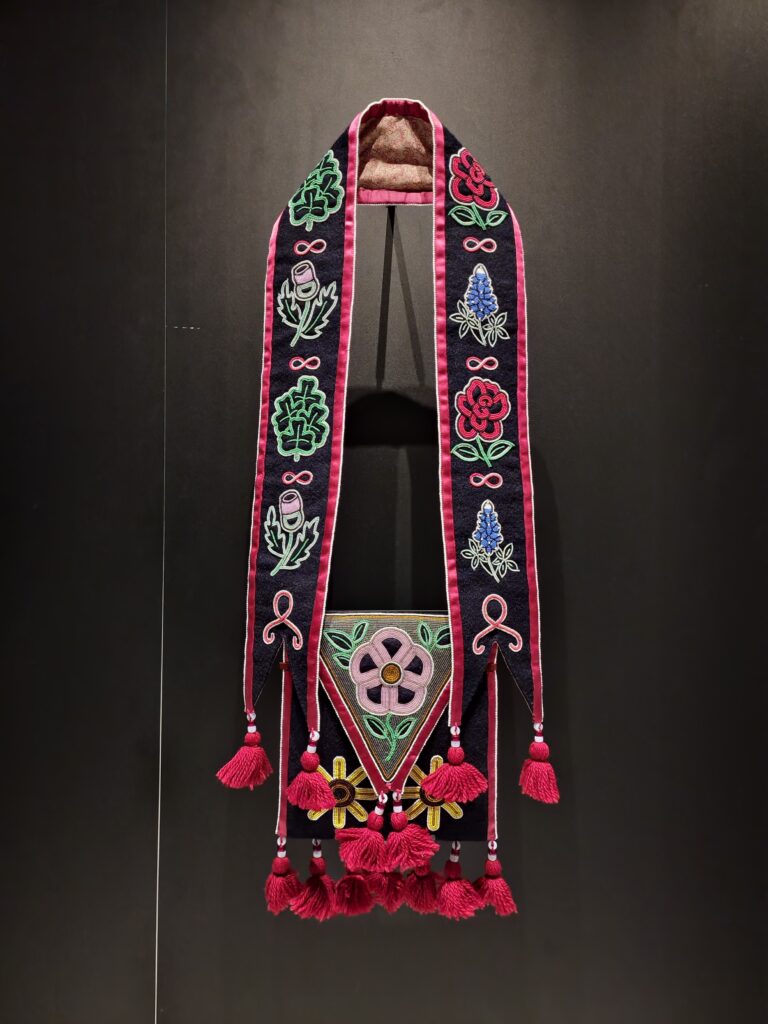
Cherokee Woodcarving
Woodcarving is another important Cherokee craft, with artisans creating masks, bowls, and other items from local woods such as maple and cherry. Traditional masks, used in ceremonies and dances, are particularly significant, representing various spiritual beings and animals.
Cherokee Finger Weaving
Finger weaving is a technique used to create belts, sashes, and garters. This method involves weaving yarn or thread without a loom, resulting in intricate patterns that are both functional and decorative. The designs often include diagonal stripes, diamonds, and chevrons, each with its own cultural significance.
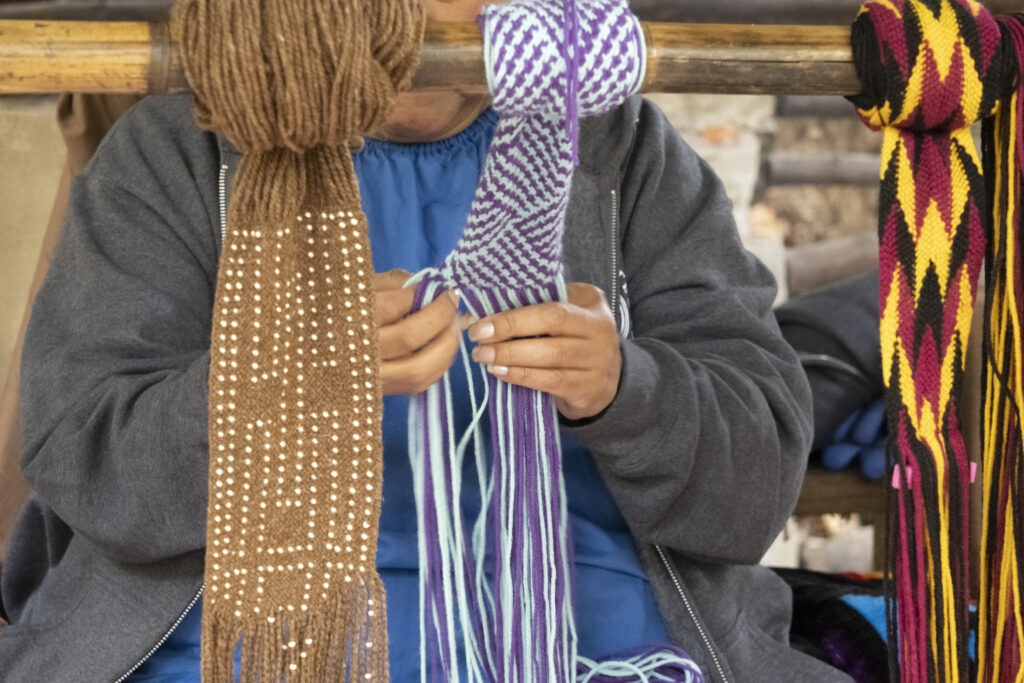
Cherokee Quillwork
Although less common today, quillwork was historically a significant art form among the Cherokee. Porcupine quills were dyed and woven into clothing and accessories, creating colorful and textured designs.
Contemporary Cherokee Arts and Crafts
Today, Cherokee arts and crafts continue to evolve, blending traditional techniques with contemporary influences. Many Cherokee artists are reclaiming and revitalizing old practices, ensuring that their cultural heritage remains vibrant. Contemporary Cherokee art often incorporates modern materials and themes while maintaining a deep respect for traditional methods and symbolism.
Organizations such as the Cherokee Nation and the Eastern Band of Cherokee Indians play a crucial role in supporting and promoting Cherokee arts and crafts. Through cultural programs, festivals, and workshops, they provide platforms for artists to showcase their work and educate the public about Cherokee traditions.
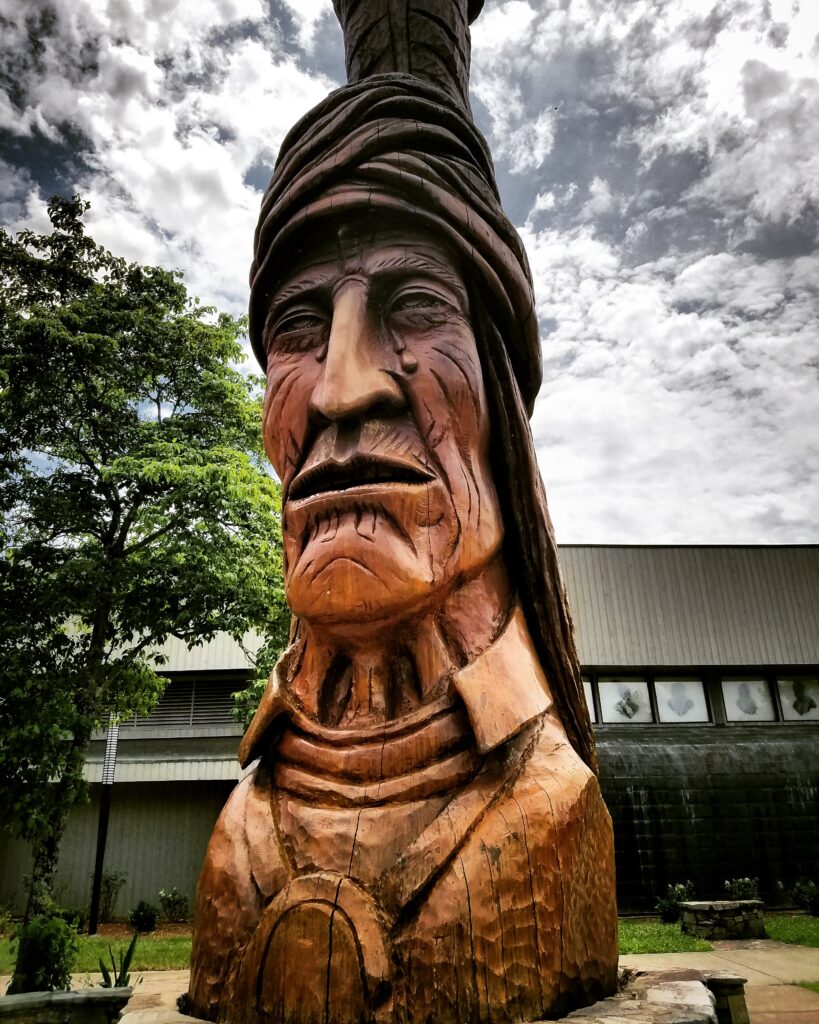
Notable Locations to Experience Cherokee Arts and Crafts
Cherokee arts and crafts are a vibrant expression of the tribe’s rich cultural heritage. For those seeking to experience these remarkable works firsthand, several notable locations offer immersive encounters with Cherokee artistry. These places provide not only a showcase of the crafts but also deep insights into the cultural significance and historical context of Cherokee art.
Qualla Arts and Crafts Mutual, Inc.
Located in Cherokee, North Carolina, Qualla Arts and Crafts Mutual is the oldest Native American cooperative in the United States, founded in 1946. This cooperative is dedicated to preserving and promoting Cherokee crafts, featuring works from over 250 member artists. Visitors can explore an extensive collection of traditional and contemporary Cherokee pottery, basketry, beadwork, wood carving, and textiles. The cooperative also offers live demonstrations, providing a firsthand look at the skills and techniques involved in creating these crafts.
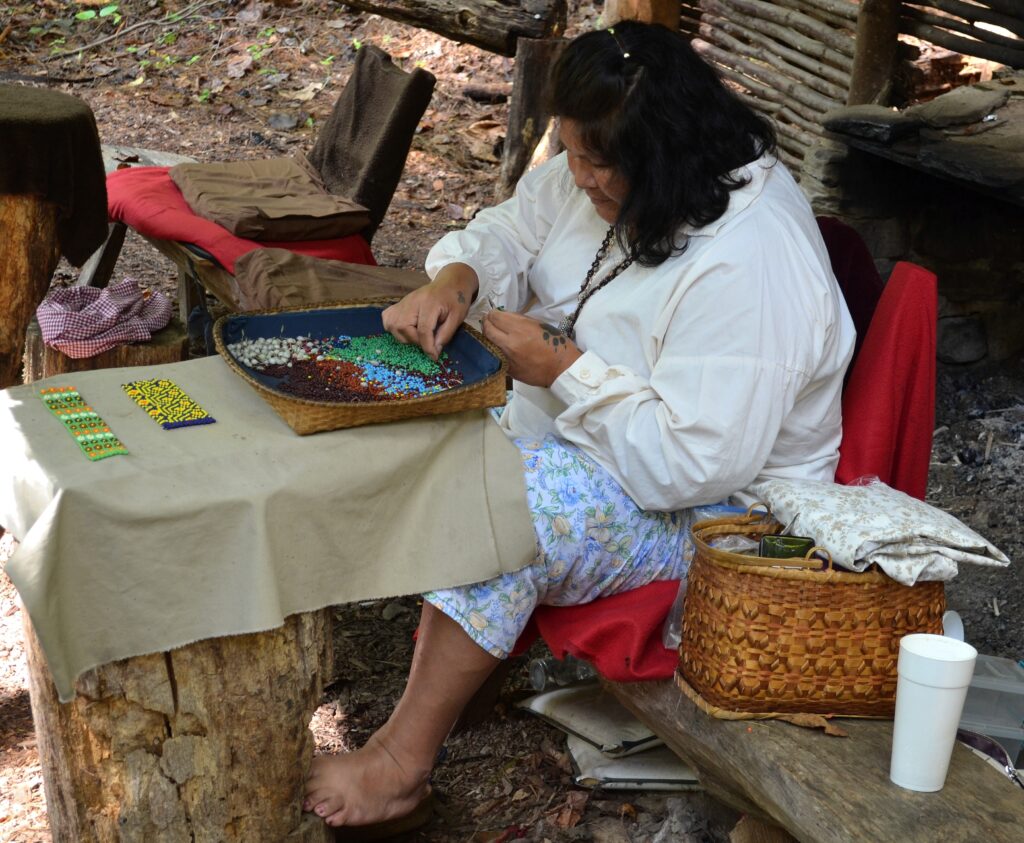
Museum of the Cherokee People
Also situated in Cherokee, North Carolina, the Museum of the Cherokee People offers a comprehensive exploration of Cherokee history and culture. The museum’s exhibits include a wide range of Cherokee arts and crafts, from ancient artifacts to modern artworks. Interactive displays and multimedia presentations provide deeper insights into the cultural significance and traditional methods of Cherokee craft-making. The museum’s gift shop features authentic Cherokee crafts available for purchase, supporting local artisans. It is located on the Trail of Tears National Historic Trail.
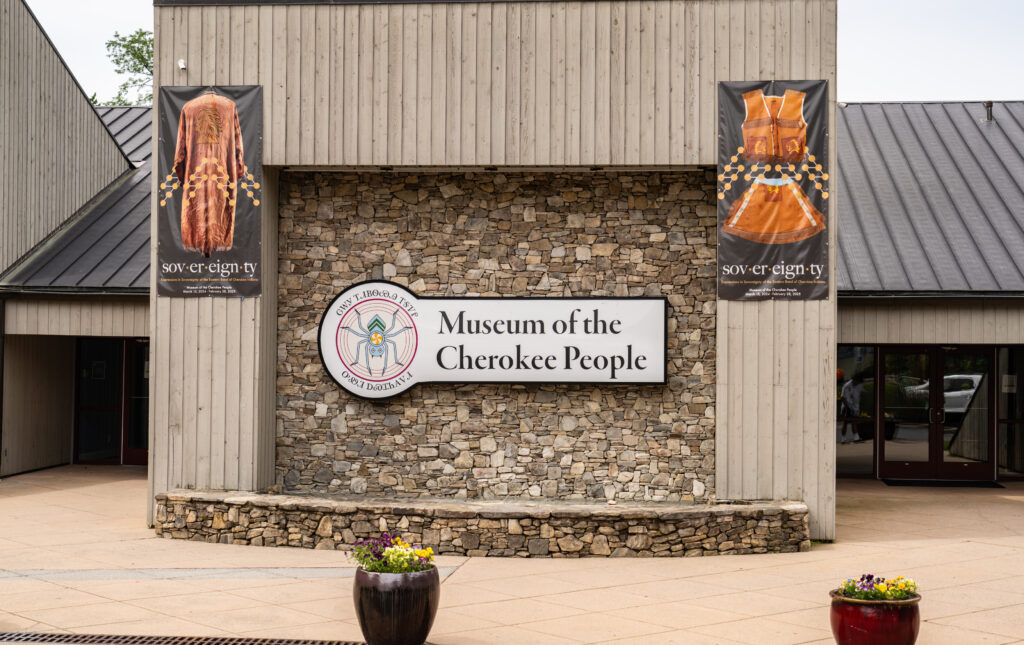
Oconaluftee Indian Village
Oconaluftee Indian Village is a living history museum located in Cherokee, North Carolina, that recreates a 18th-century Cherokee village. Visitors can step back in time and experience traditional Cherokee life, including various arts and crafts. Artisans in the village demonstrate traditional techniques such as pottery-making, basket-weaving, beadwork, and wood carving. Guided tours provide educational insights into the cultural and historical context of these crafts, offering a unique and immersive experience.

Cherokee Heritage Center
The Cherokee Heritage Center in Tahlequah, Oklahoma, serves as a cultural hub for the Cherokee Nation. The center features exhibits on Cherokee history, art, and culture, including a focus on traditional and contemporary crafts. The center’s Art Park and Adams Corner Rural Village offer live demonstrations of craft-making, allowing visitors to see Cherokee artisans at work. The gift shop at the Heritage Center provides an opportunity to purchase authentic Cherokee crafts directly from the artists.
Red Clay State Historic Park
Located in Cleveland, Tennessee, Red Clay State Historic Park is a significant historical site for the Cherokee Nation. The park includes a museum with exhibits on Cherokee history and culture, featuring traditional arts and crafts. Special events and festivals held at the park often include craft demonstrations, storytelling, and cultural performances, providing visitors with a rich cultural experience.
Sequoyah Birthplace Museum
Situated in Vonore, Tennessee, the Sequoyah Birthplace Museum is dedicated to the life and legacy of Sequoyah, the inventor of the Cherokee syllabary. The museum’s exhibits highlight various aspects of Cherokee culture, including traditional arts and crafts. Visitors can view examples of Cherokee pottery, basketry, beadwork, and more. The museum also hosts annual events such as the Cherokee Fall Festival, where artisans demonstrate and sell their crafts.
Cherokee Indian Fairgrounds
The Cherokee Indian Fairgrounds in Cherokee, North Carolina, is home to the annual Cherokee Indian Fair, a vibrant celebration of Cherokee culture. This event features a wide array of traditional arts and crafts, with artisans showcasing their work in pottery, basketry, beadwork, and more. The fair includes live demonstrations, cultural performances, and opportunities to purchase authentic crafts directly from the artists.
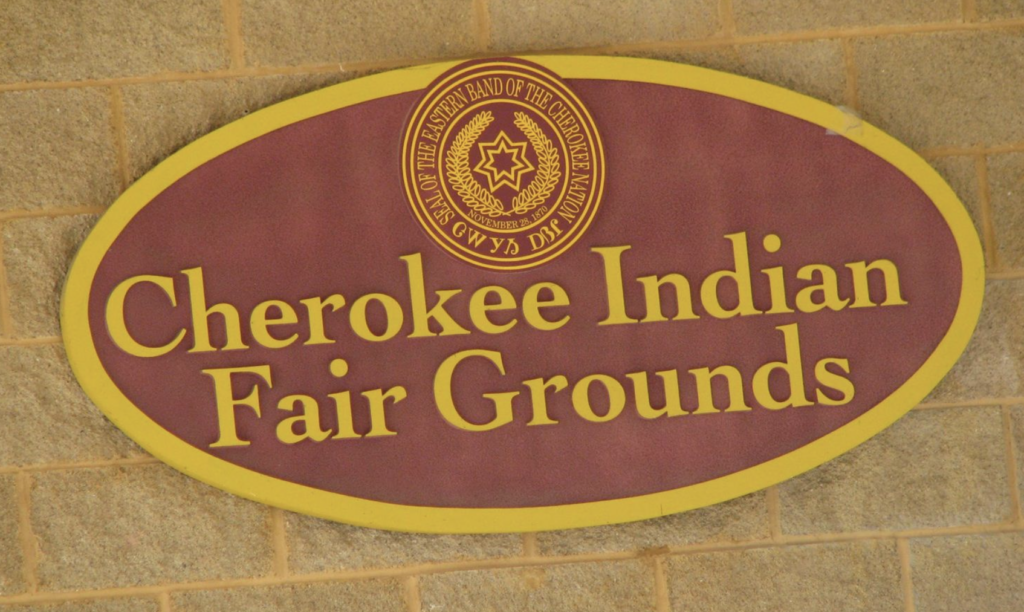
These notable locations provide diverse opportunities to experience and appreciate Cherokee arts and crafts. Whether through museums, cultural centers, living history sites, or festivals, each venue offers a unique perspective on the rich artistic traditions of the Cherokee people. By visiting these places, individuals can gain a deeper understanding of the cultural significance and enduring beauty of Cherokee craftsmanship.
Cherokee arts and crafts are a testament to the creativity, resilience, and cultural richness of the Cherokee people. From the intricate weaves of their baskets to the symbolic patterns of their beadwork, these artistic traditions offer a window into the Cherokee worldview and way of life. By preserving and revitalizing these crafts, the Cherokee ensure that their heritage continues to thrive, connecting past, present, and future generations in a tapestry of cultural expression and identity.







